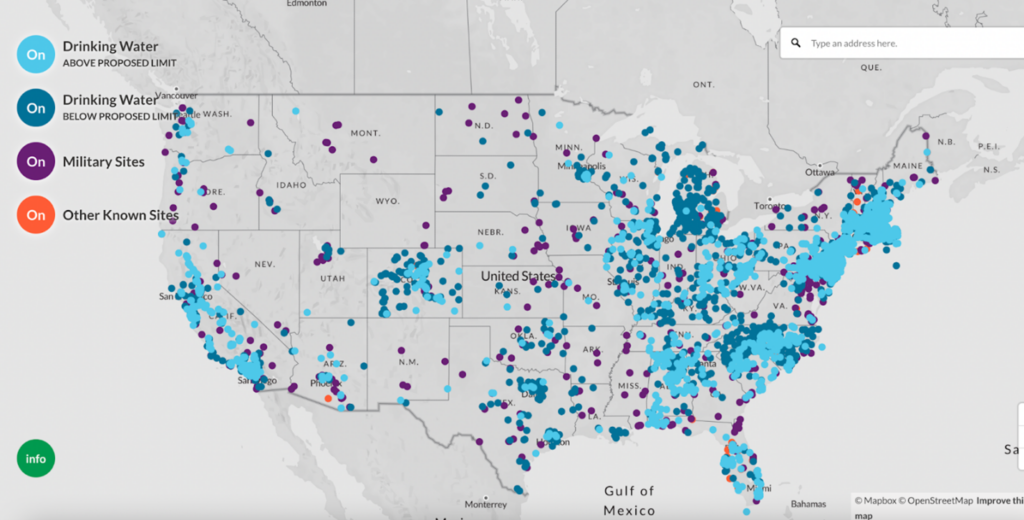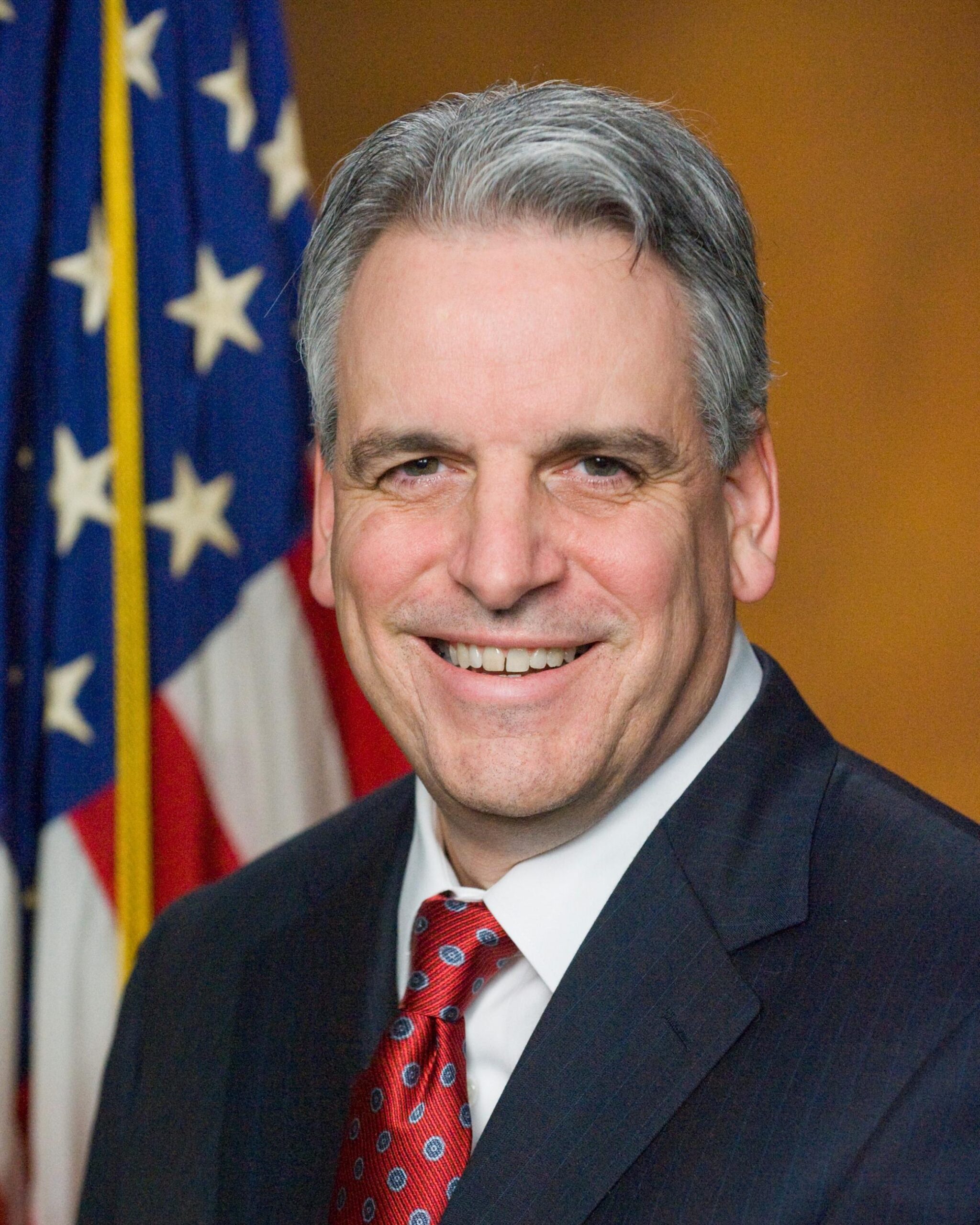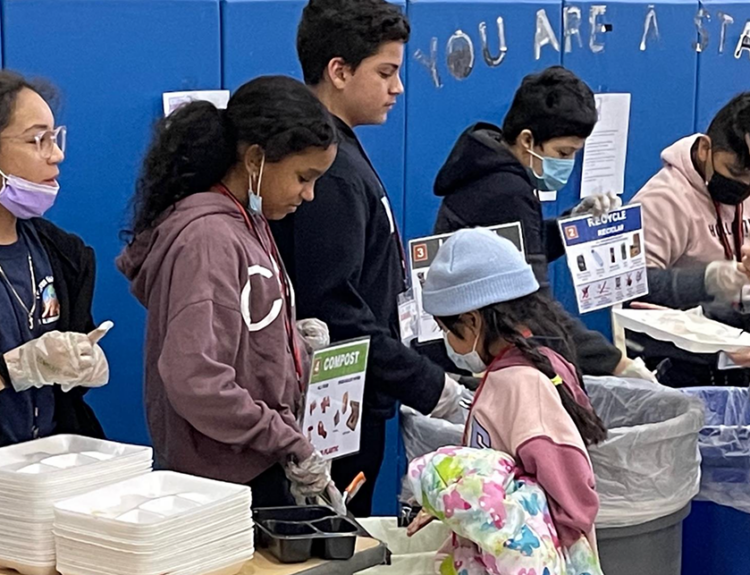‘The presence of toxic chemicals in the environment poses significant health and ecological concerns’
PROVIDENCE — In May 2023, Rhode Island Atty. Gen. Peter F. Neronha filed a lawsuit against several companies that sell consumer products containing elevated levels of fluorochemicals, also known as “forever chemicals.”
“We are still uncovering the consequences of exposure to these hazardous chemicals by Rhode Islanders, but the burden of this enormous cost should be borne by the companies who made, marketed, and sold these products at great profit, while hiding their true dangers,” Neronha said in announcing the suit.
Polyfluoroalkyl (PFAS) are specific fluorinated surfactants that are organic, synthetic, and widely organochlorine chemical compounds found in consumer, commercial, and industrial products. PFAS is an umbrella term for the more than 5,000 chemicals that have been manufactured since the late 1930s. Scientists including the University of Rhode Island’s Dr. Rainer Lohmann and his STEEP team have identified PFAS at industrial plants, airports, and Rhode Island’s military and naval bases. Such products range from firefighter foam to daily-use items like food packaging and pizza boxes.
These synthetic compounds break down slowly over time, leaving microdoses of various toxic chemicals in groundwater rivers and wells that are used as drinking water in communities across the state.
In a state whose economy depends on a healthy environment, experts say Rhode Islanders should be given the opportunity to learn more about what forever chemicals are and find solutions to prevent poisoning in humans and wildlife populations as well as prevent further damage to the environment.
The Attorney General’s lawsuit argues that the estimated fifteen PFAS manufacturers were aware of the high concentrations of said chemicals prior to the manufacturing, marketing, and selling of them to government institutions and the public.
Several of the state’s political leaders, including House Speaker K. Joseph Shekarchi and Senate President Dominick J. Ruggerio, praised Neronha’s action, as did Sen. Walter S. Felag, who represents Warren, Bristol, and Tiverton. “The presence of toxic chemicals in the environment poses significant health and ecological concerns,” Felag said. “Such a class action lawsuit brought this action to exercise its authority and protect the public trust and resources, preventing the pollution of the State-owned property and hazards in future years.”
A map from Massachusetts’s Sierra Club represents the municipalities that have tested their groundwater for PFAS contamination.

Cream: no local testing has been performed yet
Green: No PFAS detected above the reporting limit
Yellow: Total PFAS detected at less than 20 parts per trillion (ppt)
Red: Total PFAS detected at greater than 20 parts per trillion (ppt)
But a new draft released in November 2023 from the Rhode Island Department of Environmental Management states that “PFAS are not [yet] listed as hazardous chemicals” and thus makes the detection process harder to track.
“The presence of toxic chemicals in the environment poses significant health and ecological concerns,” said Brown University epidemiologist Dr. Joseph Braun. His research into adverse effects on the overall Rhode Island population was the common denominator in such discussions surrounding these controversial manufactured products. “Many studies show that PFAS exposure is associated with low birth weight and preterm birth,” stated Braun.
Data from the same study determines that exposure to PFAS during pregnancy and early childhood can negatively impact health in children in the long term. Unlike lead detective measures that hospitals have used with patients when calibrating blood pressure, the effects of PFAS on children who are exposed at an early age may not be visible until their teenage years and early adulthood, making it too late to diagnose patients with the designated disease, as well as provide proper treatment or care.
“Reduced vaccine response, increased cholesterol levels and thyroid and metabolic diseases have been strongly linked to PFAs exposure,” said Braun. Studies reported in The New England Journal of Medicine and elsewhere show that PFAS contaminate 80% of U.S. surface waters, exposing more than 200 million Americas to toxic chemicals and costing the American government $5.5 billion in healthcare costs annually.
While there have been no direct links between PFAS and the water cycle, in a study released by UNESCO in 2022, scientists discovered patterns of PFAS in marine ecosystems ranging from surface waters in coastal regions to deep ocean trenches from tropical environments to the planet’s polar regions. Furthermore, as part of UNESCO’s 2022 Ocean’s Conference, climate scientists Peter Kershaw and Associate Professor Bethanie Carney of Biological and Environmental Sciences at the University of Gothenburg were able to gather data that represents widespread floating microplastics and PFAS in most shoreline areas.

In a data set pulled from the Rhode Island Department of Health, between 55 and 75 parts per trillion (ppt) PFAS levels in drinking water was found in areas including Captain Isaac Paine School in Foster and North Smithfield High School. A draft of the Statewide PFAS Investigation Report, published in November 2023, demonstrates the impacts of other sites that have been detected as higher than the designated safety level of 20 ppt. These sites include multiple areas in the East Providence area as well as Rose Hill Regional Landfill Superfund Site in South Kingstown.
Ocean State Stories surveyed a small number of college students in Rhode Island about their awareness regarding PFAS and their impact on the health and well-being of people across the state. In this anonymous survey, 57.1% of students were not aware of PFAS and their presence in Rhode Island’s fresh and ground waters prior to attending university, with an additional 85.7% having never studied forever chemicals in their science courses.
“I am regularly surprised by how little knowledge there is about PFAS among students or the general public,” stated Lohmann, graduate professor of marine organic geochemistry and environmental chemistry at URI’s Graduate School of Oceanography.
Scientists as well as public health officials are now learning more about the impacts of PFAS on society. Still, researchers have found it hard to determine the long-term levels of harm PFAS bring to people and the environment. They warn about the management and dispersion of forever chemical compounds in water, making it difficult to enable due process to ensure financial accountability to the victims of forever chemical poisoning.
To combat this environmental and public health danger, experts say, Rhode Island local municipalities must also start providing tracking resources of toxic chemicals and describe the threats imposed on Rhode Island residents and the environment.
European countries have found a way to combat such examples by establishing a precautionary principle. Through the precautionary principle, European chemical manufacturers must go through a rigorous process to describe the potential environmental and health risks that these products will pose to populations. These chemical manufacturers must then provide a transparent step-by-step method of safely disposing of such chemicals.






